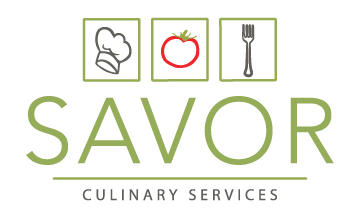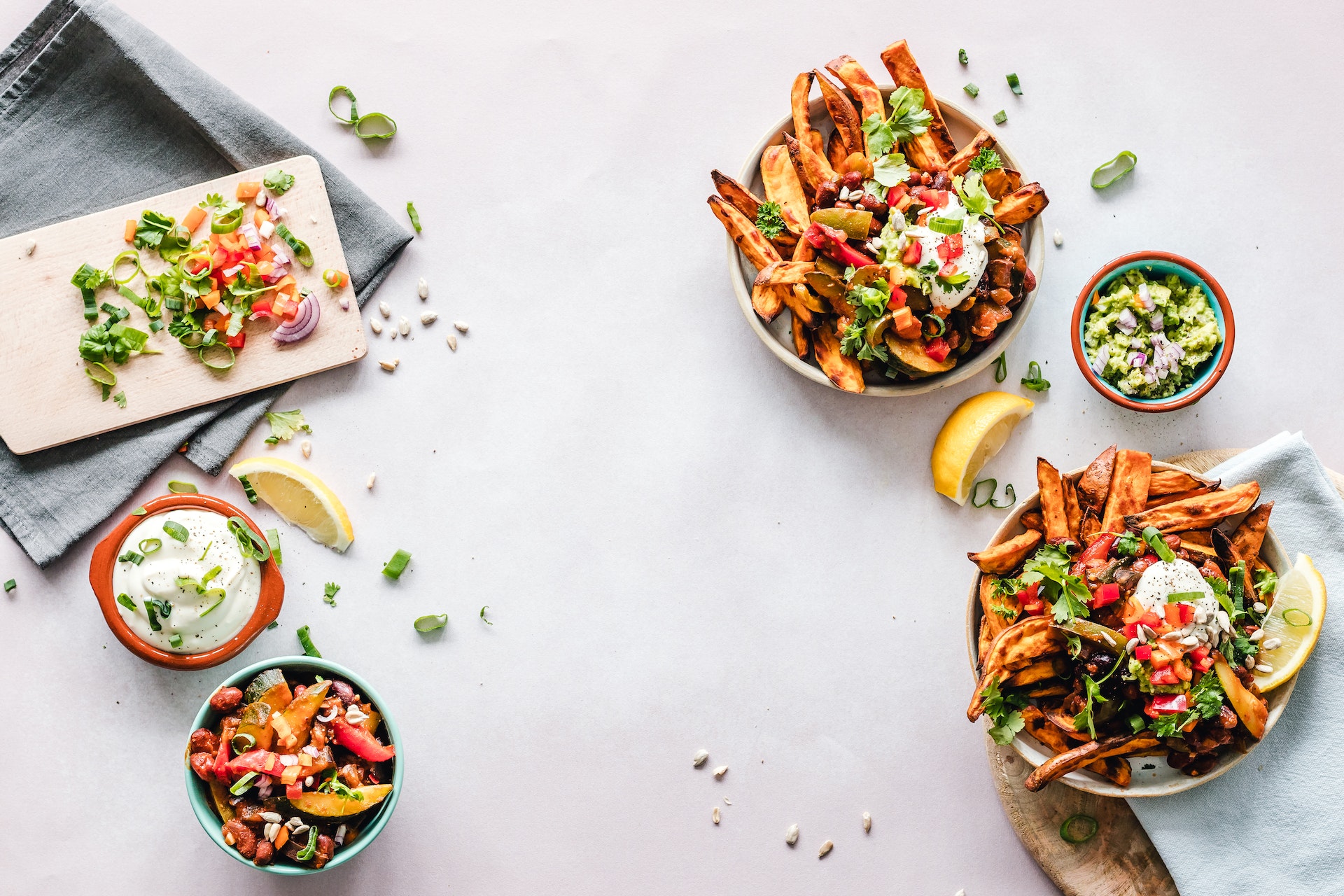As we celebrate our 21st anniversary this month, we’re proud to have helped hundreds of families build a healthier lifestyle through better dietary options. Incorporating nutritious foods into your daily routine can not only enhance your well-being but can also bring joy to your taste buds.
Our chefs are nothing if they’re not consistent, passionate, and dedicated to practicing what they preach. Here are 21 ways we love to eat healthier:
Colorful Meals: Embrace a rainbow of fruits and vegetables on your plate, as each color offers different health benefits and adds visual appeal to your dishes.
Mindful Eating: Pay attention to what you eat, savoring each bite and enjoying the textures and flavors to promote better digestion and portion control.
Fresh-Cooked Meals: Freshly prepared meals give you control over ingredients and portion sizes, making it easier to maintain a balanced diet.
Plant-Based Protein: Integrate more plant-based protein sources like legumes, tofu, and quinoa into your diet for a sustainable and heart-healthy approach.
Healthy Fats: Incorporate sources of healthy fats, such as avocados, nuts, and olive oil, into your meals to support brain health and nutrient absorption.
Hydration: Stay hydrated with water and herbal teas throughout the day to support bodily functions and curb unnecessary snacking.
Whole Grains: Opt for whole grains like brown rice, oats, and whole wheat bread over refined grains for added fiber and essential nutrients.
Reduced Sugar: Gradually reduce added sugars in your diet, opting for natural sweeteners like honey or maple syrup when necessary.
Meal Planning: Plan your meals in advance to avoid impulsive food choices and ensure a well-balanced diet throughout the week.
Superfood Boosts: Experiment with superfoods like chia seeds, spirulina, and turmeric to boost the nutritional value of your meals.
Fermented Foods: Add probiotic-rich fermented foods like yogurt, sauerkraut, and kimchi to support gut health.
Balanced Snacking: Choose nutrient-dense snacks like carrot sticks with hummus, Greek yogurt, or a handful of mixed nuts to keep energy levels stable between meals.
Portion Control: Be mindful of portion sizes to prevent overeating and maintain a healthy weight.
Homemade Dressings: Create your own salad dressings using fresh ingredients to avoid hidden preservatives and excessive sodium.
Family Meals: Enjoy meals together as a family to strengthen bonds and encourage healthier eating habits among children.
Cooking Techniques: Explore healthier cooking methods like grilling, baking, or steaming instead of frying.
Eating Seasonally: Choose seasonal produce to ensure freshness, flavor, and higher nutrient content in your meals.
Food Journaling: Keep a food journal to track your eating habits and identify areas for improvement.
Community Supported Agriculture (CSA): Support local farmers and enjoy fresh, seasonal produce by joining a CSA program.
Eating Slowly: Take your time while eating to allow your body to signal fullness effectively, reducing the risk of overeating.
Healthy Swaps: Replace unhealthy ingredients with healthier alternatives, like using Greek yogurt instead of sour cream or zucchini noodles instead of pasta.
Embracing a healthier diet is a journey worth celebrating, and these 21 ways can make it a delightful and fulfilling experience. When you’re ready to have a team help you reach your dietary goals with delicious, nutritious meals, we’re only a click away!

